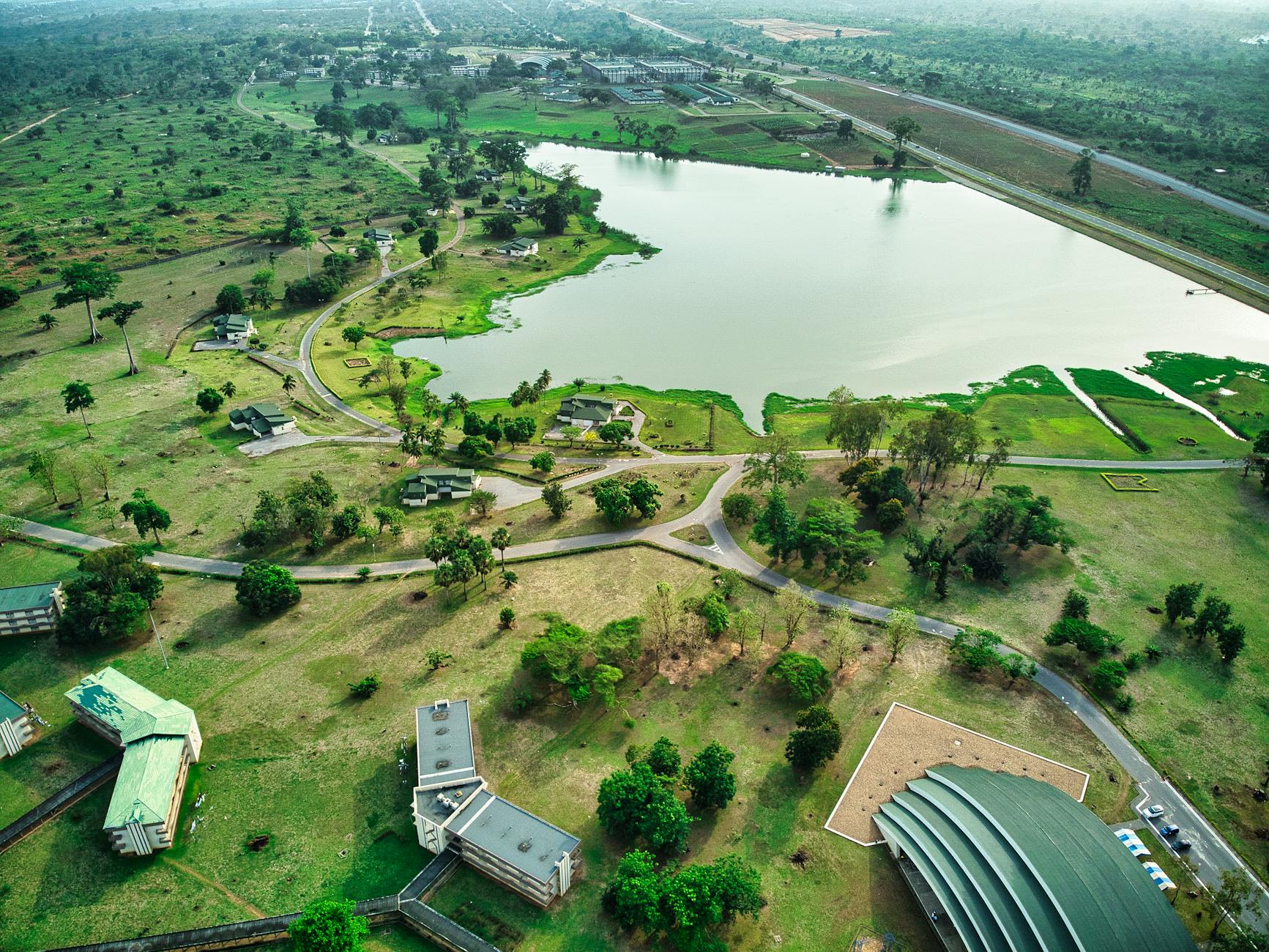As Africa undergoes an unprecedented infrastructure renaissance—powered by foreign direct investment, regional integration, and digital connectivity—a modern-day land race is unfolding. From highways and rail to ports, power grids, and fiber optic corridors, each new stretch of infrastructure is catalyzing a domino effect: real estate developers rush in, construction booms, and commercial hubs materialize in areas that were once farmland or forest.
This phenomenon is transforming the economic landscape across both East and West Africa, creating fertile ground for offshore investors.
Infrastructure First, Builders Next
Across the continent, governments and private investors are laying down the foundations of economic growth through large-scale infrastructure. Consider the $5 billion Lamu Port-South Sudan-Ethiopia Transport (LAPSSET) corridor in Kenya—linking the new Lamu Port to northern Kenya and Ethiopia. Within a few kilometers of each road segment being paved, property speculators are already snapping up plots. In Isiolo, land prices have surged from $3,000 to over $25,000 per hectare since construction began.
Meanwhile, in Ghana and Côte d’Ivoire, highways and industrial zones have triggered land grabs around Accra, Abidjan, and secondary cities like Kumasi and Yamoussoukro. West Africa’s new 1,028 km Abidjan-Lagos Corridor highway, under ECOWAS planning, is expected to be a game changer. From Grand-Bassam to Lomé, savvy investors are securing acreage before the bulldozers arrive.
In Tanzania, the $11 billion Standard Gauge Railway (SGR) linking Dar es Salaam to landlocked countries is creating new townships overnight. Morogoro, previously a quiet agricultural town, now hosts real estate projects valued at over $100 million, with land per hectare shooting from $2,500 to $15,000.
Comparative Land Prices by Region
Here is a snapshot of current land prices by the hectare in key development zones:
| Country | Location | Land Price (per hectare) |
|---|---|---|
| Kenya | Isiolo / Konza Tech City | $25,000 – $100,000 |
| Tanzania | Morogoro / Dodoma | $10,000 – $30,000 |
| Ethiopia | Dukem Industrial Park | $15,000 – $50,000 |
| Ghana | Kumasi / Tema | $30,000 – $75,000 |
| Côte d’Ivoire | Grand-Bassam / Yamoussoukro | $20,000 – $60,000 |
| Nigeria | Lekki Free Zone | $50,000 – $150,000 |
| Senegal | Diamniadio | $35,000 – $80,000 |
Prices vary significantly depending on proximity to road, water, and energy infrastructure. Commercial zoning and availability of titled land further impact valuations.
Why the Race is Just Beginning
Africa’s population is projected to double to 2.5 billion by 2050. This growth is urban-centric and infrastructure-dependent. The African Continental Free Trade Area (AfCFTA), combined with digital trade corridors and regional energy grids, will only intensify demand for strategically located land.
More importantly, many land registries are now digitalizing. This introduces transparency and security for offshore investors. In countries like Rwanda and Ghana, land titling reforms are enabling international real estate funds to engage in secondary cities where yields are often above 15%.
Conclusion: Follow the Roads, Follow the Growth
For investors, the strategy is clear: follow the infrastructure. Wherever roads, rails, or fiber optic cables are being installed, builders are not far behind—and the real estate market often follows with exponential returns.
Invest Offshore is actively reviewing land-linked investment opportunities across East and West Africa, particularly those aligned with solar energy, housing, and logistics in the Copperbelt Region. The land race is on—and the early entrants will reap the greatest rewards.

Leave a Reply